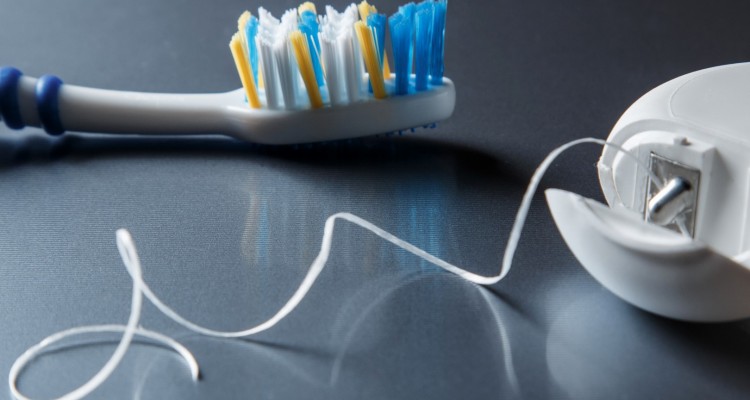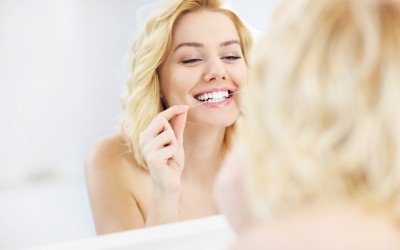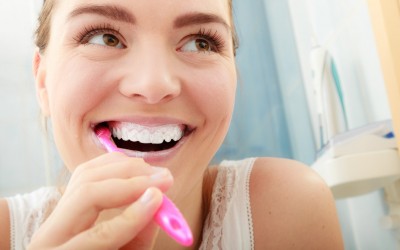Did you know that toothbrushes, in some form or another, have been in existence since 3000 B.C.? The modern form, the toothbrush that we use now, was developed in 1938, and although it has been in existence for more than 75 years, it has only been in recent years that the toothbrush has truly changed. In fact, if you were to visit the oral health aisle in your local big-box store and look closely at the toothbrushes, you would be amazed at the diversity…different sizes, shapes, colors…soft bristles, flat bristles, rippled bristles…electric or manual. Who knew there was such variety? And what is the most important characteristic to consider when you are choosing a toothbrush?
Easy Does It
Well, according to toothbrush manufacturers, the main characteristic to consider is ergonomics. Ergonomics has to do with the comfort and efficiency of a product. In a toothbrush, ergonomics is related to the way that the toothbrush’s handle or the brush head are designed; these impact the ease with which a person uses the toothbrush and how effective it is in cleaning one’s teeth.
Toothbrush manufacturers tell us that ergonomic toothbrush designs allow you to strike the perfect angle while brushing your teeth and they are more comfortable for you to hold. If this is the case, they say, you are more likely to do a better job brushing your teeth, which results in better oral health.
In fact, ergonomic toothbrushes do have a different design than traditional rectangular-headed toothbrushes. They are lighter than traditional toothbrushes and they have grips on the handle that help people hold them more easily, without slipping. The smaller shape of the head allows ergonomic toothbrushes to get into smaller, more difficult-to-clean areas of the mouth, resulting in better, more effective cleaning of your teeth.
Ergonomic or Regular?
Although ergonomic toothbrushes might be a bit more comfortable to use than regular toothbrushes and possibly more effective in reach all areas of your mouth, they are not an absolute guarantee of cleaner, healthier teeth and gums. In fact, even if you do use an ergonomic toothbrush, you may not see any significant difference from the time that you used a traditional one. If you did a really good job taking care of your teeth with a regular toothbrush, you will likely have the same experience with an ergonomic toothbrush.
Although some people will not see a significant difference, some people benefit greatly from using ergonomic toothbrushes. People who do not have good manual dexterity, such as very young children, people who have had strokes, or people who have arthritis or Parkinson’s disease, may find ergonomic toothbrushes a great deal more comfortable than traditional toothbrushes.
The Real Answer
Whether you choose a traditional toothbrush or an ergonomic toothbrush, the best way to keep your winning smile is to brush and floss frequently. Most dentists recommend that you brush at least three times a day, preferably right after eating. When you brush your teeth, be sure to brush for two full minutes. This may not seem like much, but when you are brushing, two minutes is a really long time! Often, parents tell children to “brush your teeth and sing ‘happy birthday’ twice!” However, that isn’t 2 minutes’ worth! A toothbrush with a timer might be just the way to go to ensure that you are brushing an adequate amount of time.
Regardless of the type of toothbrush you choose – soft or medium bristles, electric or manual, traditional or ergonomic – be sure to replace it regularly. The rule of thumb is that you should replace a toothbrush at least every three months, but replace it sooner if the bristles begin to show signs of wear.




